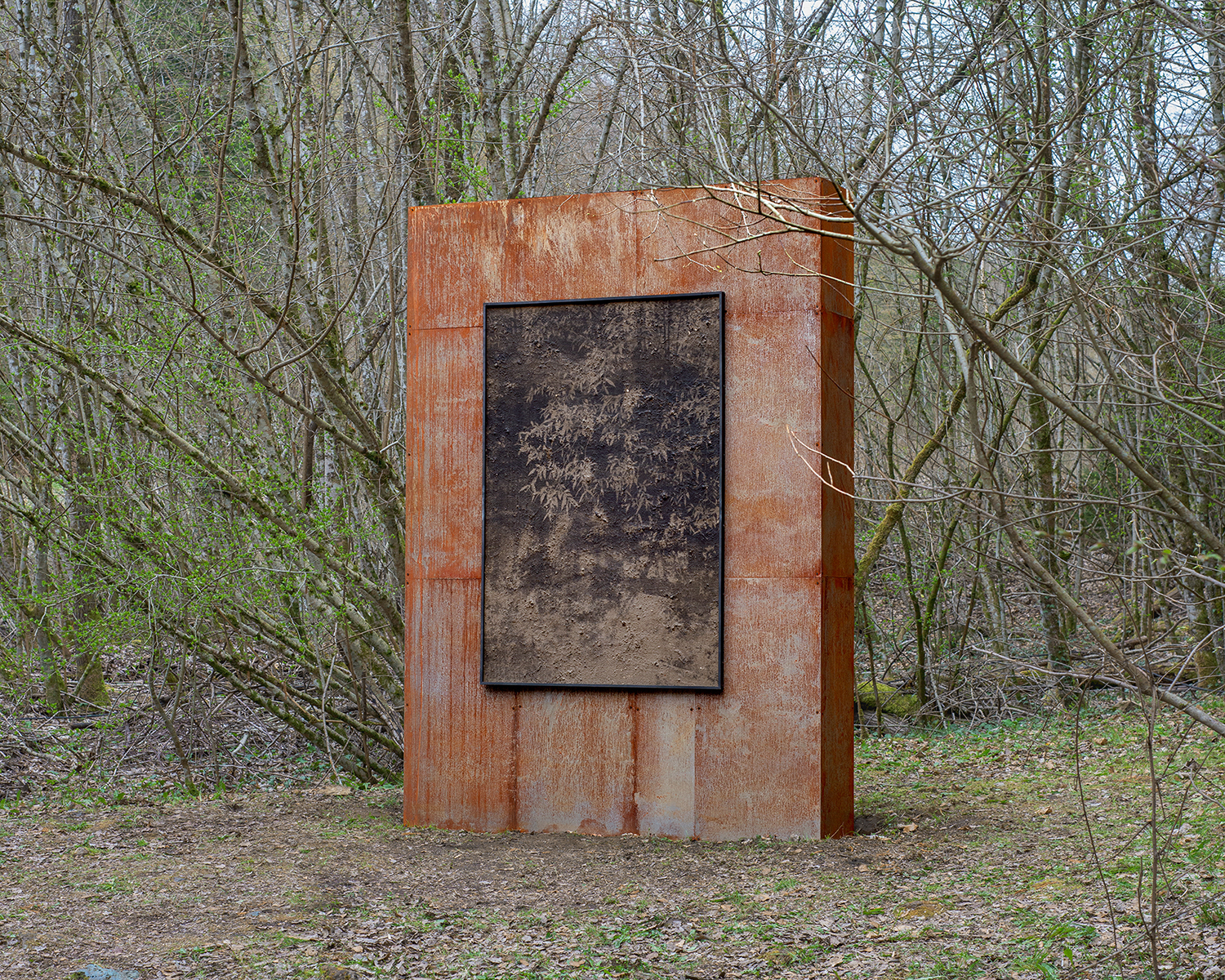From issue: #14 Environment
Lucas Leffler (born 1993) lives and works in Brussels. He studied photography in the professional high-school, HELB, in Brussels, and he completed the Master’s programme at the Royal Academy of Fine Arts in Ghent (BE). His work has been exhibited at Musée de l’Elysée (Lausanne, CH), FOMU (Antwerp, BE), Hangar Photo Art Center (Brussels, BE), Approche (Paris, FR). His work was represented by Intervalle Gallery in 2021 at Unseen Festival (Amsterdam, NL) and Paris Photo (Paris, FR). His book Zilverbeek (Silver Creek) was released in autumn 2019 with The Eriskay Connection.
Leffler sat down with Photography+ to discuss his photographic techniques and how his work draws on both the past and future.
P+: To start off, could you tell us a bit about yourself and why you became a photographer? What drew you to photography as an art form and what are your current projects/interests?
LL: My name is Lucas Leffler. I am a Belgian photographer who works and lives in Brussels (BE). The technical aspect of photography is what drew me into photography. With time, I developed my work into an experimental process of the medium. I like to question how we can intervene in the making of the photographic image.
My current projects and interests are linked to the silver element, connected to the metal-based process of photography. This metal permitted more than a century of image creation, and it inspires many different narratives I try to explore.
I feel very eclectic in my practice, and I do not have a fixed visual language. However, all my projects have this common base: they come from an experimental process.
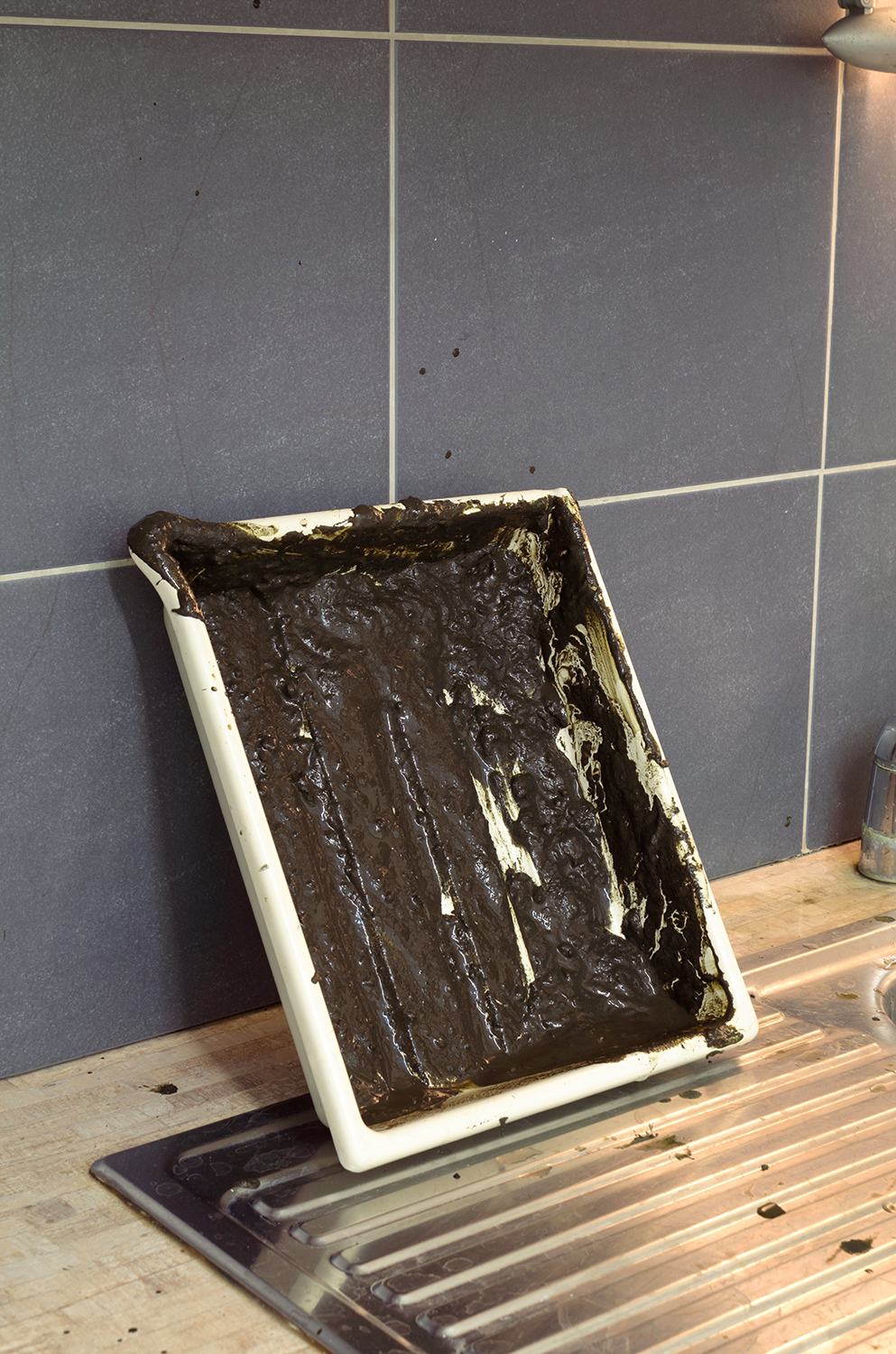
P+: Your work is incredibly innovative and intriguing, especially the way you incorporate elements of the natural world into your work, both conceptually and in the very process of creating your photographs. I think a lot of our readers will be fascinated by the story behind the fragments of silver in Zilverbeek and the way you used mud to develop a new technique of photo printing. What draws you to working with and incorporating elements of the natural world in your work?
LL: I started to develop this technique while I was researching this story of pollution. The mud of the creek became rich in silver because the Belgian photo company, Gevaert, discharged wastewater into it. I discovered newspaper articles describing the story of a former worker at the factory who decided to filter the mud to get back the precious metal and run a business out of it.
When I think about that mud, which contains silver, I speculate on the possible idea that we can use it to print an image on it. However, this is not possible because this creek is not polluted anymore. I thought this idea of using the mud from the creek to materialize images of the creek itself was a poetic way to reactivate this past story of pollution. In order to make it possible, I add silver gelatine product to the mud to make it photosensitive.
This technique is not used in my work in general. I only developed it for this very specific research. However, I have a personal fascination with matter—the properties and meaning of materials—which extends my photo practice to sculpture or installation sometimes.
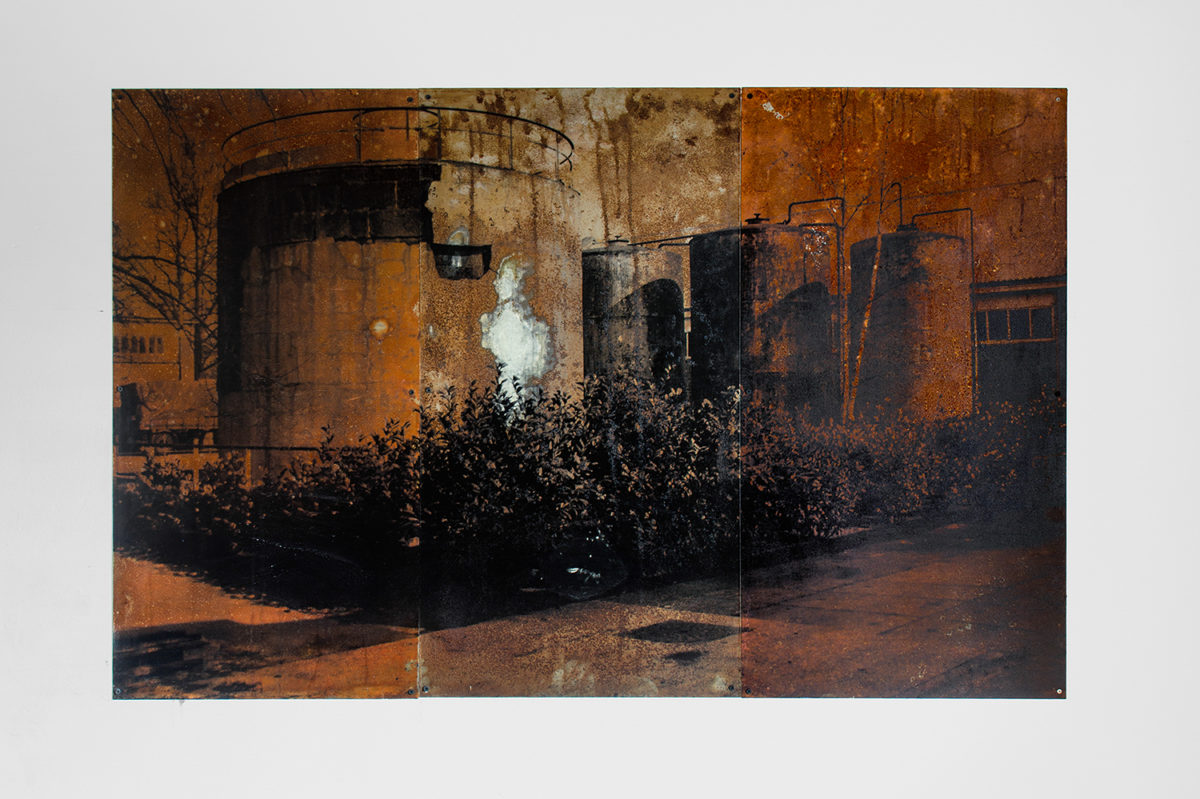
P+: You’ve selected a few images to share with us here. Can you tell us a bit about these images and how they might work together as a group?
LL: These four images come from this long-term project Silver Creek which started in 2017 with the research I did on the story of pollution mentioned above, which happened in Antwerp (Belgium) between the 1920s and the 1950s. With time, this project became a pretext for me to experiment with the materiality of photography while combining silver emulsion with mud and steel. One image is part of my publication, Zilverbeek (Silver Creek, The Eriskay Connection, 2019), and the three other images are artworks I made this year, which continue this project.
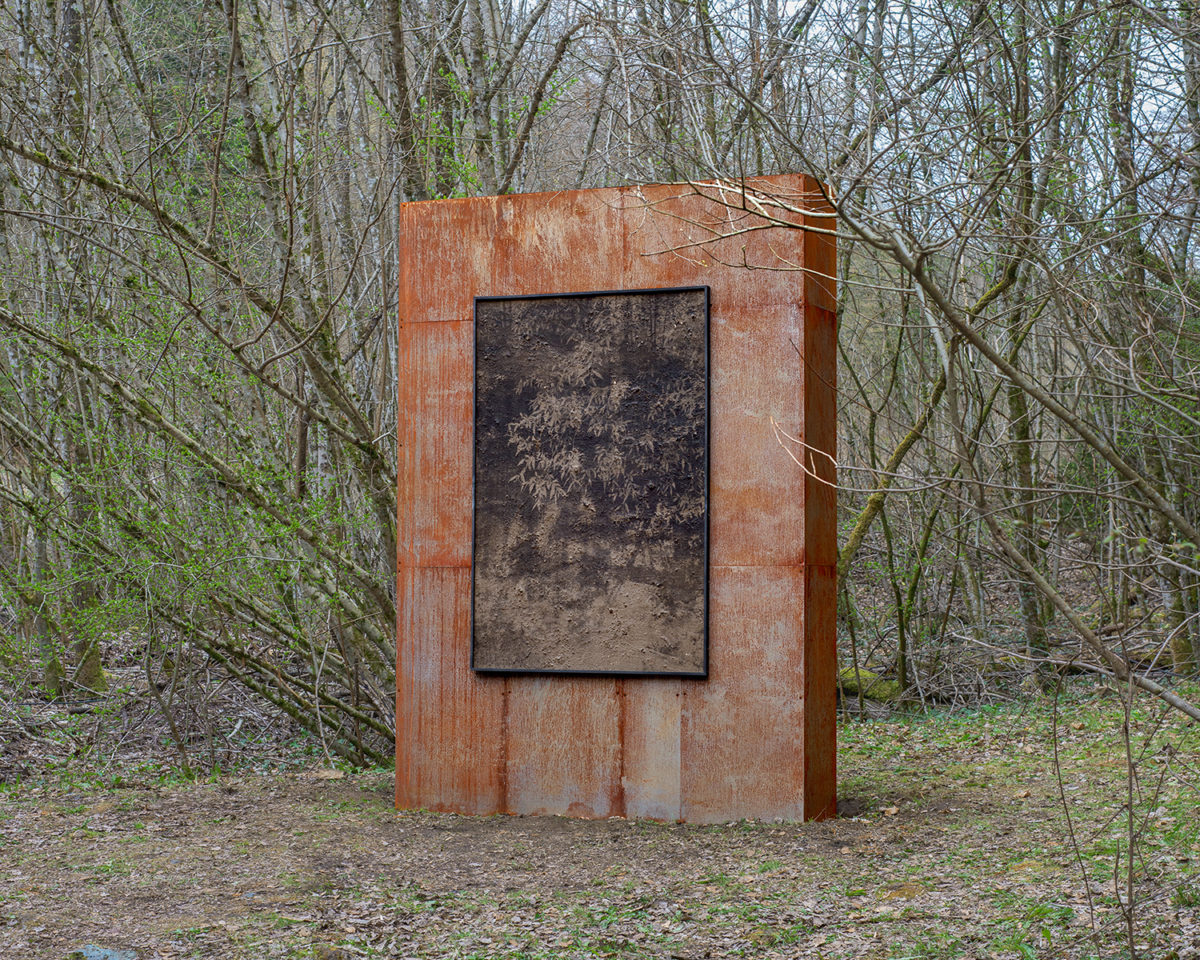
P+: Since we’re in an era of profound ecological crisis that is causing so much suffering around the world (especially in the global South), we’re devoting this issue of Photography+ to better understanding the place of the photographer in confronting and documenting this crisis. Do you have ideas on how photography in general—and individual photographers in particular—might contribute to our collective efforts to intervene in the climate crisis and heal the suffering that it is causing?
LL: The strength of photography relies on its direct relation to the real. This is the reason why photographers use it as a documentary tool.
In my work, I am interested in its technique and how we can twist it to create something new, which we can relate to the stories we tell through photography. The photographic technique is a product of the Industrial Revolution of the nineteenth century, and I think we should assume this technique is not intrinsically ecological.
I like to conceive of a future where the individual contribution of photographers won’t lie in the subjects they depict but, rather, in the search for ‘new ways’ to make images. In the future, the issue of image production, rather than the subject, will be thought of as the way toward ecological harmony.
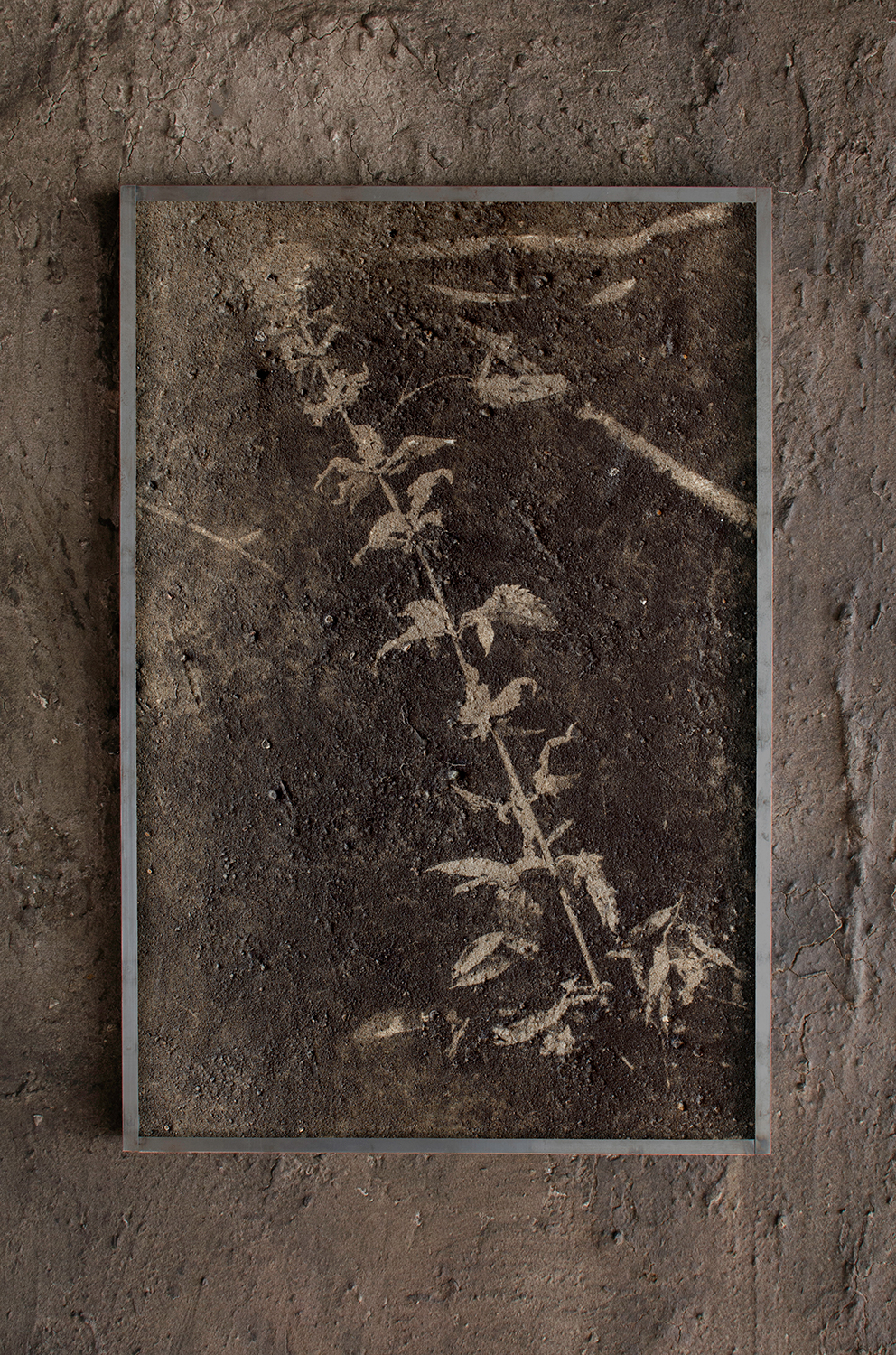
View more of Leffler’s work here.
